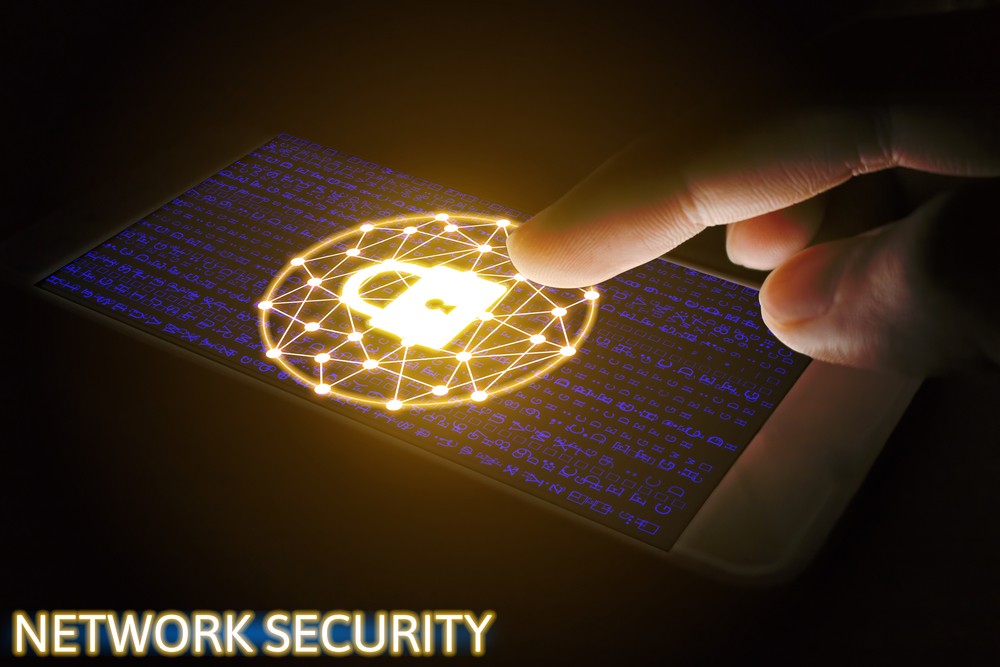Based on a global survey of more than 300 security professionals and executives, LogRhythm sought to understand the root causes of the stress under which security teams operate, obtain feedback on the ways in which it could be alleviated, and identify the best paths to remediation. It found 75% of security professionals now experience more work stress than just two years ago.
"Now, more than ever, security teams are being expected to do more with less leading to increasing stress levels. With more organisations operating under remote work conditions, the attack surface has broadened, making security at scale a critical concern," said James Carder, CSO and VP of LogRhythm Labs. "This is a call to action for executives to prioritise alleviating the stress and better support their teams with proper tools, processes, and strategic guidance."
Security Team Stress Increases Without Executive Leadership
When asked what causes the most work-related stress, the two most selected answers were not having enough time (41%) and working with executives (18%). In fact, 57% of respondents indicated their security programme lacks proper executive support - defined as providing strategic vision, buy-in and budget.
Furthermore, security professionals cited inadequate executive accountability for strategic security decisions as the top reason (42%) they want to leave their job. An alarming statistic, given nearly half of companies (47%) are trying to fill three or more security positions.
Deployment of Redundant Security Tools Points to Value of Tool Consolidation
Sixty-eight per cent of respondents admitted their organisation has deployed redundant security tools, and 56% confess this overlap is accidental - once again emphasising the need for improved strategic oversight from executives. Despite duplicative tools, 58% of respondents said they still need increased funding for tools when asked what additional support their security programmes require.
Consequently, the report highlights the growing value of IT consolidation. Security professionals rate the value of solution consolidation highly, citing top benefits as less maintenance (63%), faster issue detection (54%), identification (53%), and resolution (49%), as well as lower costs (46%) and improved security posture (45%). Yet only one in three companies (32%) have a real-time security dashboard which provides a clear, consolidated view of all their security solutions.
Top Five Ways to Reduce Stress Among Security Teams
When asked what would help alleviate their stress, the top five responses included:
* 44%: Increased security budget
* 42%: Experienced security team members
* 42%: Better cooperation from other IT teams
* 41%: Supportive executive team
* 39%: Fully staffed security team
"All employees, from the CEO to the frontline IT worker, need to feel that they play a significant role in maintaining the security of the company for which they work," said James Carder, CSO and VP LogRhythm Labs. "At LogRhythm, we are committed to empowering the SOC team and improving visibility and automation so our customers can successfully safeguard their critical assets."





